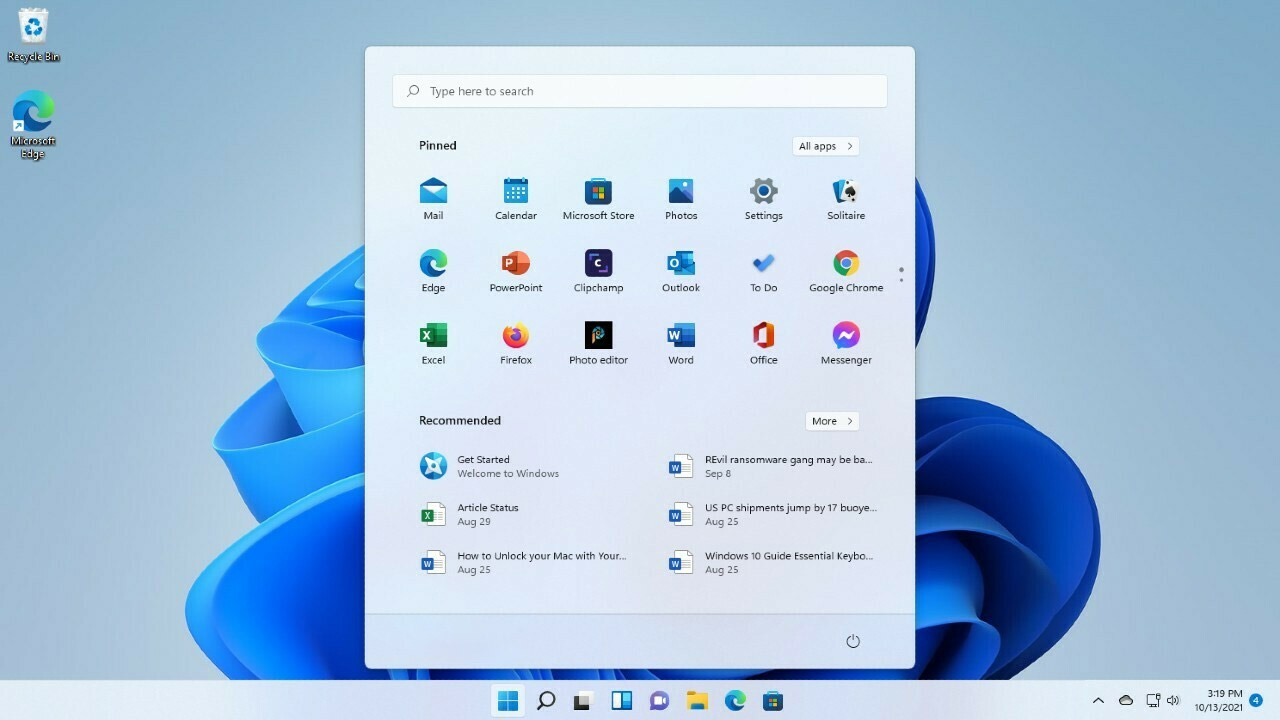USB devices have become an integral part of our lives in this fast-paced digital world, allowing us to easily transfer files, connect peripherals, and expedite our daily duties. Imagine our dismay if Windows 11 fails to identify these necessary gadgets, leaving us stranded and separated from our digital world.
But don’t worry! This informative tutorial will reveal viable answers to the perplexing problem of Windows 11 not recognizing USB devices. We will provide you all the tools you need to troubleshoot and resolve this confusing issue, from simple port cleaning approaches to driver updates and power adjustments. So, grab your USB issues by the cords and join us on this adventure to restore smooth connectivity.
Device Authentication And Trust For Connecting iPhones And Other Devices
To connect to a computer, several devices, including iPhones, may require authentication and trust. This means that when these devices are connected through USB, they must create a secure connection with the computer in order to ensure data privacy and prevent unauthorized access.
If Windows 11 does not recognize your iPhone or any other device, you must first verify the authentication and trust settings.
To address this issue, take the following steps:
- On your iPhone or the device you’re trying to connect, go to the settings and find the “USB Accessories” or “Trust This Computer” option.
- Enable this option to allow the device to establish a trusted connection with your Windows 11 computer.
- Once the authentication and trust settings are enabled, reconnect the device to the computer using a USB cable.
- Windows 11 should now recognize the device and allow you to access its contents.
Remember to check the authentication and trust settings whenever you connect a new device to your computer, as Windows 11 may not recognize it until this trust is established.
Cleaning USB Ports To Address Recognition Issues
Over time, USB ports can accumulate dust and debris, which can hinder proper connectivity and cause recognition issues. If Windows 11 is not recognizing your USB device, it may be worth checking if the USB port is clean.
To clean USB ports effectively:
- Turn off your computer and unplug it from the power source to ensure your safety.
- Use a can of compressed air or a small brush to gently remove any dust or debris from the USB port.
- Avoid using sharp objects or liquid cleaners, as they can damage the port.
- Once the port is clean, reconnect the USB device and check if Windows 11 recognizes it.
This simple cleaning process can often resolve recognition issues and ensure a reliable connection between your USB devices and Windows 11.
Disabling USB Device Suspension To Resolve Windows 11 Recognition Problem
Windows 11 may suspend USB device operations temporarily to save power, which can sometimes cause recognition issues. Disabling this feature can help ensure continuous operation of your USB devices.
To disable USB device suspension in Windows 11, follow these steps:
- Select “Device Manager” from the menu by right-clicking on the Start button.
- Expand the “Universal Serial Bus controllers” category in the Device Manager window.
- Right-click each “USB Root Hub” entry and select “Properties.”
- Navigate to the “Power Management” tab in the properties box.
- Untick the box next to “Allow the computer to turn off this device to save power.”
- Click “OK” or “Apply” to save your changes.
Rep this procedure in the Device Manager for all “USB Root Hub” entries.
Disabling the USB device suspension feature prevents Windows 11 from momentarily pausing USB activities and may help to overcome USB device detection issues.
